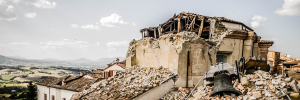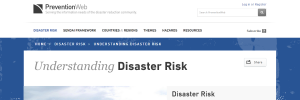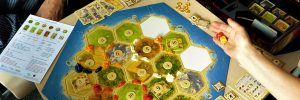Gameplay
Facilitator explains the rules of the game.
Facilitator lays a large blank map of the community on the table and puts several layers of transparent plastic sheets over it.
Players then mark most important facilities in the region on the first layer of the transparent paper (refuge places, hospitals, schools, town hall etc.).
Players draw on the map conditions of predicted damages.
Players compare a map of “safe places” with existing map of inundation and other dangers in the region (depending on chosen disaster).
Players find risks and problems that the community has in coping with disasters, and then continue to discuss this issue in the debriefing.
Context
Disaster prevention. Disaster management.
Target group
Benefits
Players deepen their understanding of relief activities by exchanging ideas and views.
Players learn about useful methods in the “capacity building” for disaster relief of the general public.
Players learn that understanding each other and building a face to face relationship, the most important factor for disaster relief.
Players find risks and problems that the community has in coping with disasters.
Trivia
Because of the “imagine” element in “DIG”, it is really easy to incorporate element of the cultural, gender differences into the game. You can mark houses of the people who need special help with evacuation as well as sacred grounds that not every citizens will be willing to access etc. DIG was developed in 1997 in Japan based on the CPX (Command Post Exercise) of Japanese Self Defense Force to help communities with disaster prevention and disaster management
Created by
Type
Genre
Price
Number of players
Number of moderators
Duration
Materials
map of local community
several sheets of transparent plastic or tissue paper
pen
pencil
scissors
cellophane tape
post-it cards
players’ name tags
Languages
Difficulties
A lot of time to prepare and big table are necessary.




